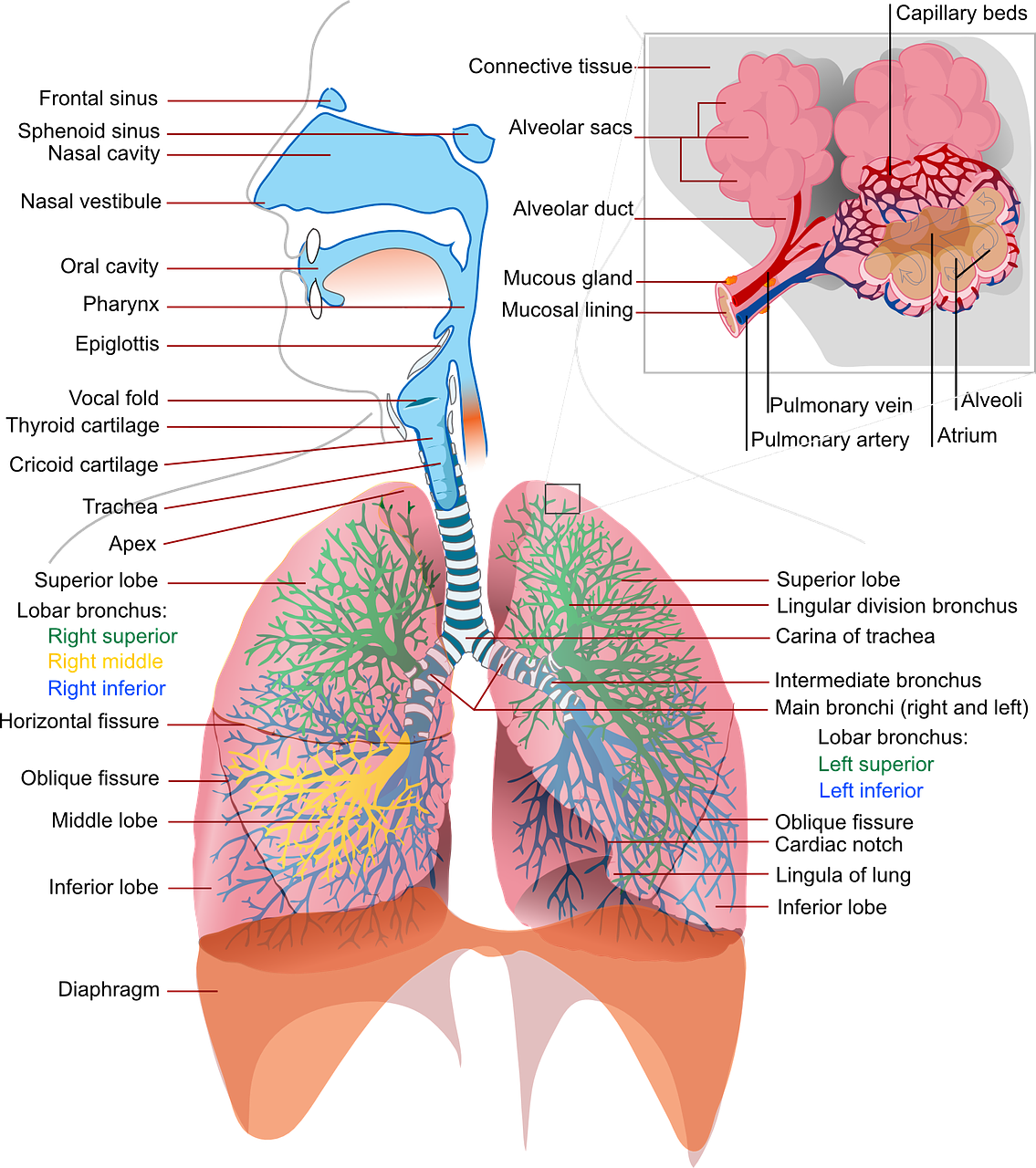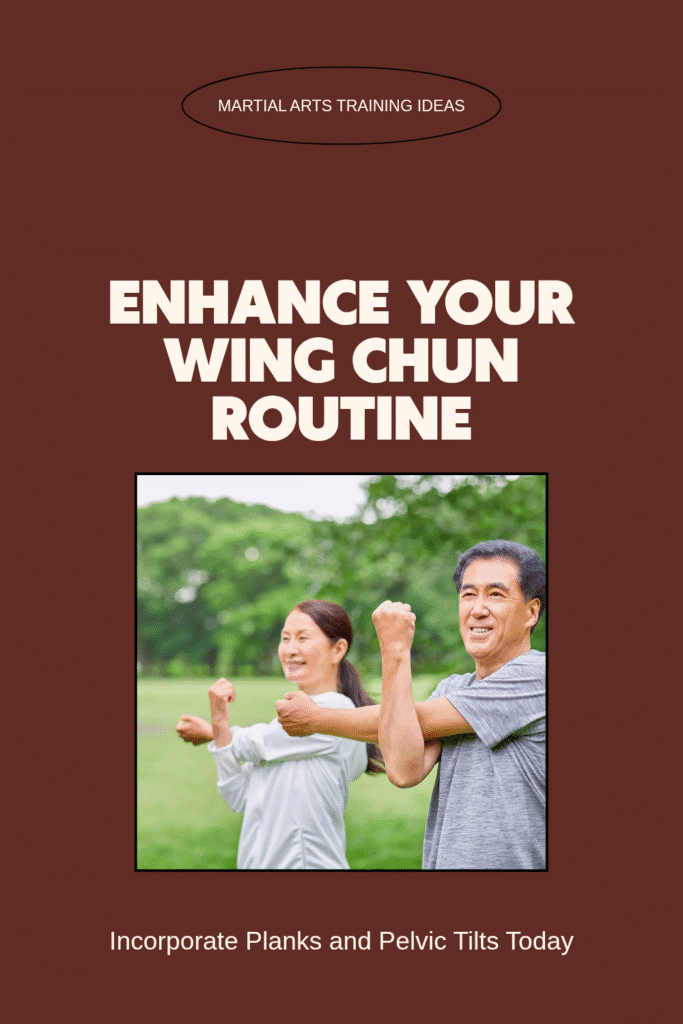Wing Chun warm-up
Wing Chun is a traditional Chinese martial art that emphasizes close-range combat and efficient, direct movements.
Developed to focus on practicality and effectiveness, Wing Chun is characterized by its quick punches, tight defense, and strategic use of body mechanics.
As with any physical discipline, preparing the body through a proper warm-up routine is crucial.
Warm-ups serve multiple purposes: they prepare the muscles and joints for the intense movements required during training.
enhance overall performance, and play a significant role in preventing injuries.
Warm-up routines in Wing Chun are not merely about physical readiness.
they also help in mental preparation by focusing the mind and enhancing concentration.
A well-structured warm-up elevates the heart rate, increases blood flow to the muscles, and improves flexibility and range of motion.
These physiological changes are vital for executing the precise and controlled techniques that Wing Chun demands.
Incorporating specific exercises such as planks and pelvic tilts into the warm-up routine can be particularly beneficial for Wing Chun practitioners.
Planks help to build core strength, which is essential for maintaining balance and stability during close-quarters combat.
They also develop the endurance needed for sustained physical activity.
On the other hand, pelvic tilts can enhance pelvic mobility and strengthen the lower back muscles, contributing to better posture and alignment.
This is crucial for executing the fluid and powerful movements characteristic of Wing Chun.
By integrating these exercises into a comprehensive warm-up routine, practitioners can better prepare their bodies for the rigors of Wing Chun training.
This not only helps in achieving optimal performance but also in minimizing the risk of injuries, thereby ensuring a more effective and enjoyable practice session.
Benefits of Planks in Martial Arts Training

Planks are an indispensable exercise in martial arts training, particularly in disciplines like Wing Chun.
where core strength, stability, and endurance play pivotal roles.
Engaging in regular plank exercises significantly enhances the core muscles, which are crucial for maintaining balance and generating power.
A fortified core ensures that practitioners can execute precise movements with greater ease and efficiency.
Core strength is the foundation of many martial arts techniques.
In Wing Chun, a robust core allows for better posture and alignment, which are essential for effective strikes and defensive maneuvers.
The isometric nature of planks targets multiple muscle groups simultaneously, including the rectus abdominis, obliques, and transverse abdominis.
This comprehensive engagement not only fortifies the core but also improves overall body stability.
Stability is another critical component enhanced by planks.
A stable core acts as a solid base from which all movements originate.
Whether deflecting an opponent’s attack or delivering a punch, a stable core ensures that the energy is transferred efficiently through the body.
This stability minimizes the risk of injury and maximizes the effectiveness of each technique.
Endurance is equally vital in martial arts.
Holding a plank position for extended periods teaches the muscles to sustain tension without fatigue.
This endurance is beneficial during long training sessions and sparring matches.
where maintaining strength and control can be the difference between success and failure.
Beyond the physical advantages, planks also cultivate mental discipline.
The challenge of holding a plank requires focus and determination, qualities that are essential in martial arts.
Mental resilience developed through planking can translate to improved concentration and composure during Wing Chun practice.
allowing practitioners to remain calm and focused even under pressure.
Incorporating planks into a Wing Chun warm-up routine not only prepares the body for the physical demands of training but also sharpens the mind.
The dual benefits of physical and mental fortitude make planks a valuable addition to any martial artist’s regimen.
How to Perform a Proper Plank

Mastering the plank is fundamental for building core strength and stability, particularly beneficial for Wing Chun practitioners.
To begin, find a flat surface and position yourself in a prone position. Place your forearms on the ground with elbows aligned below your shoulders and arms parallel to your body at about shoulder-width distance.
Alternatively, you can assume a high plank position by extending your arms, palms flat on the floor, similar to a push-up stance.
Next, extend your legs behind you, ensuring your toes are grounded.
Your body should form a straight line from head to heels.
Engage your core by tightening your abdominal muscles, and avoid letting your hips sag or rise too high.
Proper alignment is crucial; your head should be in a neutral position, gazing slightly ahead of your hands.
Breathing techniques play a vital role in maintaining the plank position effectively.
Take slow, controlled breaths, inhaling through your nose and exhaling through your mouth.

This helps to sustain the posture and enhances core engagement.
Aim to hold the plank for 20-30 seconds initially, gradually increasing your time as your strength improves.
Common mistakes to avoid include arching your back, which reduces core engagement, and allowing your hips to drop, which can strain your lower back.
Additionally, avoid locking your knees or elbows, which can compromise the exercise’s effectiveness.
To keep your routine engaging, consider incorporating variations of the plank.
Side planks are excellent for targeting the obliques; start by lying on one side with your legs stacked and lift your hips, supporting your body with your forearm or hand.
Forearm planks, on the other hand, reduce strain on the wrists and intensify the core workout.
By varying your planks, you ensure a comprehensive workout that enhances your overall stability and strength, crucial for Wing Chun.
Introduction to Pelvic Tilts and Their Role in Martial Arts

Pelvic tilts are a fundamental exercise that play a critical role in strengthening the lower back and improving pelvic alignment.
These exercises involve the controlled movement of the pelvis to engage the core and lower back muscles, helping to create a stable and strong foundation.
In the context of martial arts, particularly Wing Chun, pelvic tilts are invaluable for maintaining proper posture and reducing the risk of lower back injuries during training.
The execution of pelvic tilts involves lying on your back with knees bent and feet flat on the floor.
By tightening the abdominal muscles and gently rolling the pelvis towards the ribs, the lower back presses into the floor, engaging the core effectively.
This movement not only strengthens the abdominal muscles but also elongates the lower back, enhancing flexibility and stability.
For martial artists, proper pelvic alignment is crucial.
It ensures that the spine remains in a neutral position, which is essential for executing techniques with precision and power.
A strong and stable core, developed through pelvic tilts, supports efficient movement and balance, reducing the likelihood of strain and injury.
This is particularly important in Wing Chun, where fluid and controlled movements are key to effective practice and performance.
Incorporating pelvic tilts into a regular warm-up routine can significantly enhance a martial artist’s overall physical condition.
By improving the strength and flexibility of the lower back and core muscles, practitioners can maintain better posture, execute techniques more effectively, and reduce the risk of injuries.
This exercise, though simple, offers profound benefits that are integral to the practice of martial arts, making it a vital component of any training regimen.
How to Perform Pelvic Tilts Correctly
Pelvic tilts are an essential component of any well-rounded warm-up routine, particularly in Wing Chun, where core stability and flexibility are paramount.
To execute pelvic tilts correctly, begin by lying on your back with your knees bent and feet flat on the floor, hip-width apart.
Place your arms by your sides for stability.
This initial position is crucial for ensuring proper alignment and effective engagement of the core muscles.
Once positioned correctly, focus on your pelvis.
The movement involves tilting your pelvis backward and forward in a controlled manner.
To perform a posterior pelvic tilt, gently flatten your lower back against the floor by engaging your abdominal muscles and curling your pelvis upwards.
Hold this position for a few seconds, then release back to the starting position.
To perform an anterior pelvic tilt, arch your lower back slightly by pushing your pelvis forward, creating a small gap between your lower back and the floor.
Repeat this cycle slowly, maintaining a smooth and controlled motion.
Breathing patterns play a crucial role in maximizing the benefits of pelvic tilts.
Inhale deeply through your nose as you tilt your pelvis anteriorly and exhale through your mouth as you tilt it posteriorly.
This rhythmic breathing helps to relax the muscles and enhances the overall effectiveness of the exercise.
Common errors in performing pelvic tilts include excessive arching of the back and over-engaging the hip flexors instead of the core muscles.
To correct these issues, ensure that your movements are gentle and within a comfortable range of motion.
Additionally, keep your focus on engaging your abdominal muscles rather than relying on your hip flexors to drive the movement.
By incorporating pelvic tilts into your Wing Chun warm-up routine and performing them with proper technique.
you can significantly enhance your core stability and flexibility, reducing the risk of injury and improving overall performance.
Integrating Planks and Pelvic Tilts into Your Warm-Up Routine
Incorporating planks and pelvic tilts into a Wing Chun warm-up routine can significantly enhance your flexibility, stability, and overall performance.
These exercises not only prepare your body for the rigors of Wing Chun training but also contribute to long-term physical health.
Here, we provide practical advice on how to seamlessly integrate these exercises into your routine.
including specific recommendations on sets and repetitions to ensure a balanced and effective warm-up.
To begin with, a well-rounded warm-up should start with light cardiovascular activity, such as jogging or jumping jacks, to increase your heart rate and blood flow to the muscles.
After about 5-10 minutes of cardio, you can transition to planks and pelvic tilts.
The plank is an excellent exercise to engage the core muscles, which are crucial for maintaining balance and stability in Wing Chun.
Start with a forearm plank, holding the position for 30 seconds to 1 minute, and aim for 2-3 sets.
As your strength improves, you can gradually increase the duration and add variations, such as side planks or plank with leg lifts.
Next, move on to pelvic tilts, which target the lower back and abdominal muscles.
Lie on your back with your knees bent and feet flat on the floor.
Slowly tilt your pelvis upwards, flattening your lower back against the floor, and then return to the starting position.
Perform 10-15 repetitions for 2-3 sets. This exercise not only strengthens your core but also helps in maintaining proper posture, an essential aspect of Wing Chun techniques.
Consistency and progression are key when incorporating these exercises into your warm-up routine.
Start with manageable sets and repetitions, and gradually increase the intensity as your body adapts.
Regular practice will lead to improved core strength, better balance, and enhanced overall performance in your Wing Chun practice.
By making planks and pelvic tilts a staple in your warm-up routine, you are setting a strong foundation for a more effective and injury-free training session.
Case Studies and Testimonials
Integrating planks and pelvic tilts into Wing Chun warm-up routines has yielded notable results for many practitioners.
These exercises, known for their ability to strengthen core muscles and enhance flexibility, have significantly impacted the training outcomes of several individuals.
Let’s delve into some real-life examples and testimonials to understand the positive implications of this integration.
John, a dedicated Wing Chun practitioner for over five years, shares his experience:
“Before incorporating planks and pelvic tilts into my warm-up, I often struggled with maintaining balance and stability during my forms.
After consistently including these exercises in my routine for three months, I noticed a substantial improvement in my core strength.
This not only enhanced my performance but also reduced my susceptibility to lower back injuries.”
Similarly, Lisa, another Wing Chun enthusiast, emphasizes the importance of pelvic tilts in her regimen:

“Pelvic tilts have been a game-changer for my hip flexibility and lower back health.
As someone who sits for long hours at work, these exercises have alleviated my chronic back pain and improved my posture.
This has translated into more fluid and precise movements during my Wing Chun practice.”
Moreover, a case study conducted by a local Wing Chun academy observed the effects of a six-week warm-up routine incorporating planks and pelvic tilts.
The findings revealed a 20% increase in participants’ overall fitness levels and a 15% reduction in reported injuries.
Participants noted enhanced endurance, better posture, and a stronger connection between their upper and lower body movements.
These testimonials and case studies underline the tangible benefits of integrating planks and pelvic tilts into Wing Chun warm-ups.
Practitioners not only experience improved training performance but also enjoy long-term health benefits.
making these exercises an invaluable addition to their routines.
Conclusion and Final Tips
Incorporating planks and pelvic tilts into your Wing Chun warm-up routine can significantly enhance your training outcomes.
By consistently practicing these exercises, you can improve core strength, stability, and overall body awareness, which are crucial for effective Wing Chun techniques.
Planks, with their various modifications, target the core muscles, enhancing your ability to maintain proper posture and balance during practice.

Pelvic tilts, on the other hand, help in mobilizing the lower back and pelvis, ensuring fluid and controlled movements.
To get started with integrating planks and pelvic tilts into your warm-up routine.
begin with simple variations and gradually increase the intensity as your strength and flexibility improve.
Consistency is key; aim to incorporate these exercises into your routine at least three times a week.
Keeping a workout journal can be beneficial for tracking your progress and staying motivated.
Documenting your improvements not only provides a sense of achievement but also helps in identifying areas that may need more focus.
Seeking guidance from a qualified Wing Chun instructor can also be invaluable.
An instructor can provide personalized feedback, ensuring that your form and technique are correct.
which maximizes the benefits of these exercises while minimizing the risk of injury.
Additionally, training with a community or a partner can offer mutual support and motivation, making the practice more enjoyable and sustainable.
Remember, the goal of incorporating planks and pelvic tilts into your warm-up routine is to prepare your body for the demands of Wing Chun training.
Prioritizing a comprehensive warm-up not only enhances your performance.
but also reduces the risk of injuries, allowing you to train more effectively and safely.
Stay committed, be patient with your progress, and enjoy the journey of mastering Wing Chun with a strong and prepared body.



